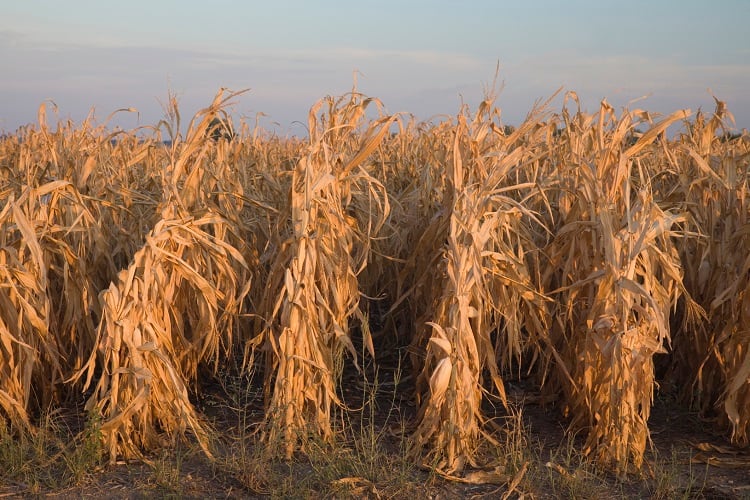The GNT Group recently announced that is has achieved a 22% reduction in carbon intensity at its Exberry factories since 2020. The plant-based food and beverage colouring producer has set out 17 targets to optimise its environmental and social impacts over the course of the decade.
How is GNT Group reducing its carbon intensity?
In 2023, GNT’s total carbon footprint at its production sites in the Netherlands, Germany, and the USA, stood at nearly 13 thousand metric tonnes of CO2-equivalent emissions. This means that 22% less CO2 was emitted, per tonne, of product sold, compared to the base year of 2020, and takes the company almost halfway towards its plan to achieve a 50% reduction by 2030.
"Our main focus has been on natural gas consumption, which is required to generate steam," Akshat Rawat, sustainability specialist for GNT Group, told FoodNavigator. "We create all of our Exberry colours from fruits, vegetables, and plants. To produce our 'Coloring Foods', we use physical processing methods to turn these raw materials into concentrates. Evaporation is an important part of this as it allows us to increase the dry matter content. Unfortunately, evaporation is also an energy-intensive process that relies on natural gas to generate the steam.
"We’ve invested in reverse osmosis installations that allow us to increase the dry matter content through filtration and cut down on the amount of evaporation required. The RO filters use green energy rather than natural gas, which has helped us to cut the intensity of our carbon emissions. We’ve also installed economisers on our steam boilers. They’re very effective at recovering and reusing the waste heat from the boilers and allow us to further reduce our gas consumption."
Beyond these investments, GNT has also focused on improving planning and optimising its production processes. Dedicated energy teams have been created to analyse data from GNT's factories, on a daily basis, so that it can work out where energy savings can be made. The supplier's also worked to change the work culture so that all members of staff understand the importance of energy efficiency and understand how to operate sustainably.
"Even something as simple as ensuring machines are always switched off when not in use can make a real difference over a prolonged period of time," says Rawat.

What is carbon intensity?
Carbon intensity refers to how many grams of carbon dioxide (CO2) are released to produce a kilowatt hour (kWh) of electricity. Electricity that’s generated using fossil fuels is more carbon intensive, as the process by which it’s generated creates CO2 emissions.
Renewable energy sources, such as wind, hydro or solar power, produce next to no CO2 emissions, so their carbon intensity value is much lower and often zero.
Using electricity, with a low carbon intensity value will reduce carbon emissions overall, especially if it is used during times when the largest amounts of clean electricity are being generated.
Why utilising carbon intensity is important
The electricity that’s produced from renewable energy sources can’t always be guaranteed. For example, there will be less solar energy when the sun is not shining and less wind power when the wind is not blowing. It’s also difficult to store and use later.
This means that if food and beverage manufacturers are able to operate when low-carbon electricity is most available, they can reduce their carbon footprint.
Renewable energy sources are also cheaper to run and maintain, which could help to support food and beverage manufacturers in managing energy costs.
How is GNT Group improving water efficiency?
GNT is also aiming to improve water efficiency at its factories, helping to alleviate water stress.
"We’ve been able to improve water efficiency by 20% since 2020 through various measures," says Rawat. "The RO filters have had wide-ranging benefits. They’ve helped us cut down on steam generation, which directly impacts the amount of water used. They reduce the number of filtration stages we need to create the colour concentrates too, which also means less water is needed during processing. Having fewer filtration stages reduces the amount of machine cleaning required as well, so that brings further benefits for water efficiency. We’ve also been able to reduce the amount of diafiltration water we use during ultrafiltration due to the RO installations. In addition, we’ve also made efforts to recycle water during processing wherever possible to minimize usage levels."

Why reducing the carbon footprint in the food and beverage sector is important
According to the United Nations, the food industry is responsible for approximately a third of all human-caused greenhouse gas emissions. It’s essential then that all producers and manufacturers, associated with the food industry, work to reduce their emissions, not least because food security itself depends upon it.
Extreme weather events, which threaten crops and livestock, are becoming more prevalent across the globe as the changing climate alters weather patterns. According to the European Environment Agency (EEA), Europe has experienced an increasing number of severe weather-related natural hazards, including droughts, forest fires, heatwaves, storms and heavy rain, over the past decade.
“These events are unfortunate reminders of the changing and volatile climate that Europe needs to adapt and prepare for, while taking action to drastically reduce carbon emissions in order to slow down and limit climate change,” says a spokesperson for the EEA.
These extreme weather events have resulted in a major threat to food security in a number or ways.
"In England, we’ve had the wettest 18 months since 1836,” said Peter Wortsman, partner at European Food and Farming Partnerships (EFFP), while speaking at IFE 2024. “This really impacts the growing of crops because when it’s wet, it’s hard for the farmers to get onto the fields when they need to.”
Furthermore many farms have experienced devastating flooding which has resulted in crops being completely destroyed, and, as a result, the Agriculture and Horticulture Development Board (AHDB) is predicting that the production of the UK’s largest crop, wheat, will be down by 15%. And this trend has been witnessed across Europe, with Italy, Greece, Slovenia, Norway and Sweden all experiencing widespread flooding.
At the other end of the spectrum, many countries across Europe have been impacted by extreme-high temperatures and drought, with crops such as olives and sugar beet struggling as a result.





